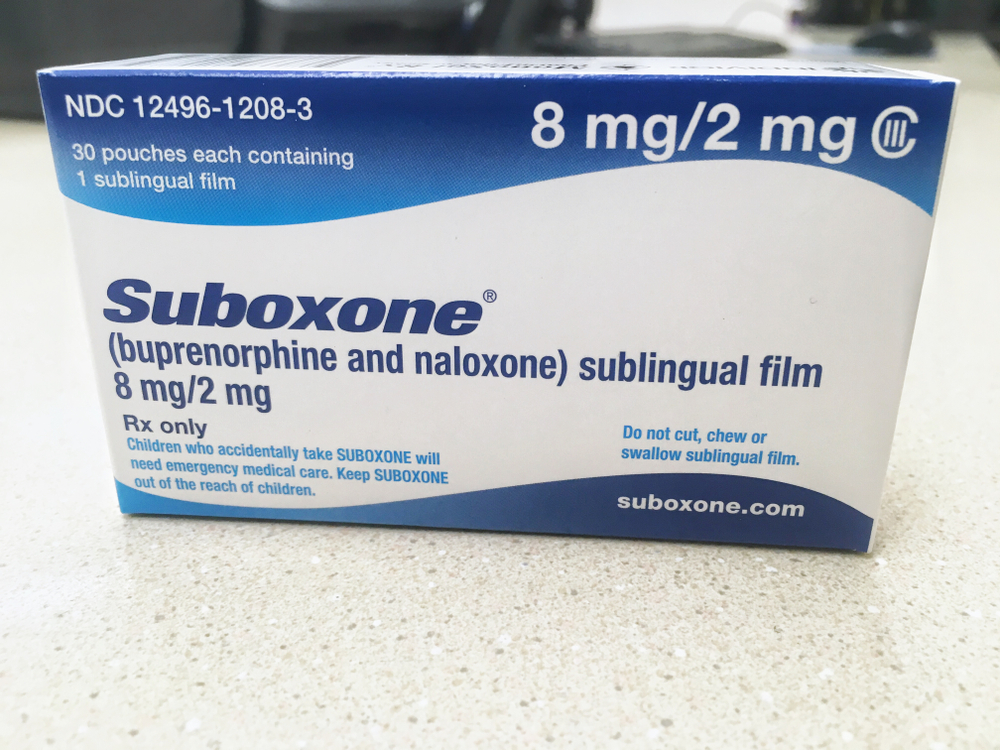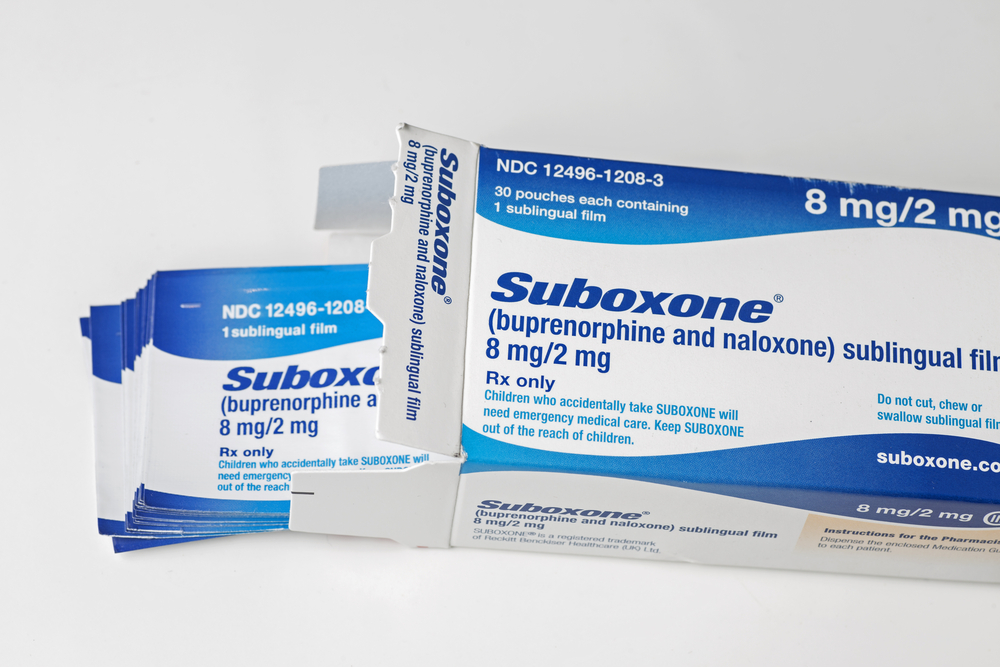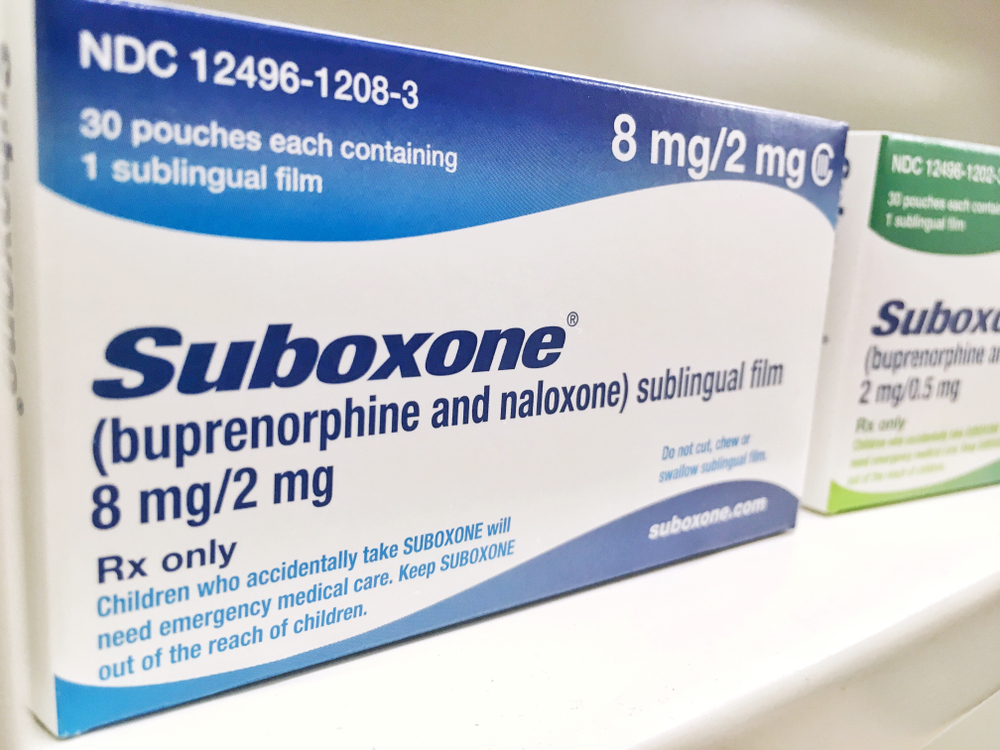Why Aren’t More People Prescribed Opioid Use Disorder Medications?
Thousands of Americans struggle with opioid use disorder (OUD), and while there are three widely available drug treatments for OUD, only about one in five receive OUD medications to combat it. The opioid epidemic has blazed on for decades, and public health officials continue to search for ways to support those who need treatment.
On January 12, 2023, the U.S. Government discontinued the requirement that a practitioner hold an X-Waiver to prescribe buprenorphine to a patient with OUD. The X-Waiver is a certificate individuals receive after completing eight hours of training via the Drug Enforcement Administration. It was expected that by eliminating the waiver, there would be an increase in the number of people who could prescribe buprenorphine, widely known as a main ingredient in Suboxone, and would then lead to more patients receiving treatment for OUD.

Unfortunately, a recent article in the New England Journal of Medicine (NEJM) highlighted that although there are now more practitioners able to write prescriptions, there has not been a significant increase in the number of people filling prescriptions for buprenorphine medications.
The total number of patients using buprenorphine “changed little,” according to the article.
While one of the authors of the study suggested it may take more than one year to see a bigger increase in patients, he also stressed that there is “a lot of stigma’’ surrounding buprenorphine.
What Is Buprenorphine?
Buprenorphine is one of three medications approved by the U.S. Food and Drug Administration (FDA) to treat opioid use disorder. The others are methadone and naltrexone.
Buprenorphine is considered a “partial opioid agonist,” meaning it still impacts the brain in a similar way as other opioids, however, it has a less potent effect than drugs like heroin or methadone, making it possible for it to help relieve withdrawal symptoms.
For its part, the opioid use disorder medication Suboxone is a combination drug that also includes a second main ingredient, naloxone which is recognized as Narcan, the antidote for reversing opioid overdoses.
Buprenorphine medications like Suboxone have been widely applauded because patients can receive a Suboxone prescription in a doctor’s office or at a clinic under supervision.
How Was the Opioid Use Disorder Drug Study Conducted?
The researchers analyzed data from the IQVIA Longitudinal Prescription Database, a database that includes about 92 percent of prescriptions dispensed in U.S. pharmacies. They examined the trends in prescribing the medication, after the elimination of the waiver by focusing on the number of patients starting buprenorphine prescriptions for the first time. They looked at monthly and yearly intervals, noting numbers from 2022 and 2023.
The data showed that in January 2023, the beginning of the new era for practitioners writing prescriptions for buprenorphine, there was a small increase in the number of patients starting buprenorphine for the first time (1,938 additional prescribers).
By December 2023, the number of patients receiving the medication for the first time had also increased (48,247 new users compared to 46,565 in December 2022).
Additionally, data showed that in 2022, in any given month, between 810,000 to 830,000 Americans were prescribed buprenorphine, but in 2023, they realized data did not show a substantial change.
The researchers therefore announced their determination: In the first year without the X-Waiver, the number of new users “increased only modestly,’’ from the year prior.
“These findings suggest that the policy may have reduced barriers to prescribing but was insufficient to meaningfully increase buprenorphine use through the end of 2023,” the researchers reported.
Challenges with OUD Drug Treatment
In an article for the Associated Press, Dr. Kao-Ping Chua of the University of Michigan and, co-author of the NEJM study, emphasized that the low numbers of patients with OUD using buprenorphine may have to do with certain barriers that the medical community needs to address.’
According to Chua, these barriers include insurance hurdles, the medication’s cost (about $100 per month), a pharmacy’s limited availability, confusion and concern about how buprenorphine works, and even doctors who believe that patients with addiction “require too much time.”
Along with these barriers, another issue that may make people wary of buprenorphine is Suboxone lawsuits. Suboxone is the brand name of a prescription film medication that contains buprenorphine and naloxone and is taken by placing it under the tongue. Recently Suboxone has been in the news due to users filing lawsuits against the manufacturer Indivior Inc., as well as Indivior’s former parent company, Reckitt Benckiser. Plaintiffs claim they have suffered major damage to their teeth and allege the manufacturer failed to warn them that Suboxone film can cause serious dental problems, including tooth loss, erosion, cavities, and cracking. The lawsuits claim that Indivior only added warning labels after the FDA required it.
The Importance of Both Medical and Legal Help for OUD
Despite the obstacles like the ones facing Suboxone users, doctors, drug counselors, and public health officials approve the use of buprenorphine medications to treat OUD. While at times those struggling with OUD may believe they can not overcome their opioid addiction, these drug treatments have been shown to support a person’s recovery. If you or a loved one is struggling with opioid abuse, contact a doctor immediately to start an opioid use disorder treatment plan. Once treatment begins, follow your medical team’s instructions and pay close attention to how you react to any OUD medications.
At the same time, drug manufacturers have a responsibility to support those who are prescribed their medications, and they should be held accountable for not sharing important health and safety information.
Regarding the Suboxone lawsuits, although the FDA issued warnings regarding the potential harm to users’ teeth, the manufacturer did not do its part by sharing safety information with users on warning labels until long after they had evidence of the risks.
If you believe that the opioid use disorder drug Suboxone caused your dental problems, or if you have suffered harm due to negligence on the part of a drug maker or distributor, contact a Suboxone lawyer today.













